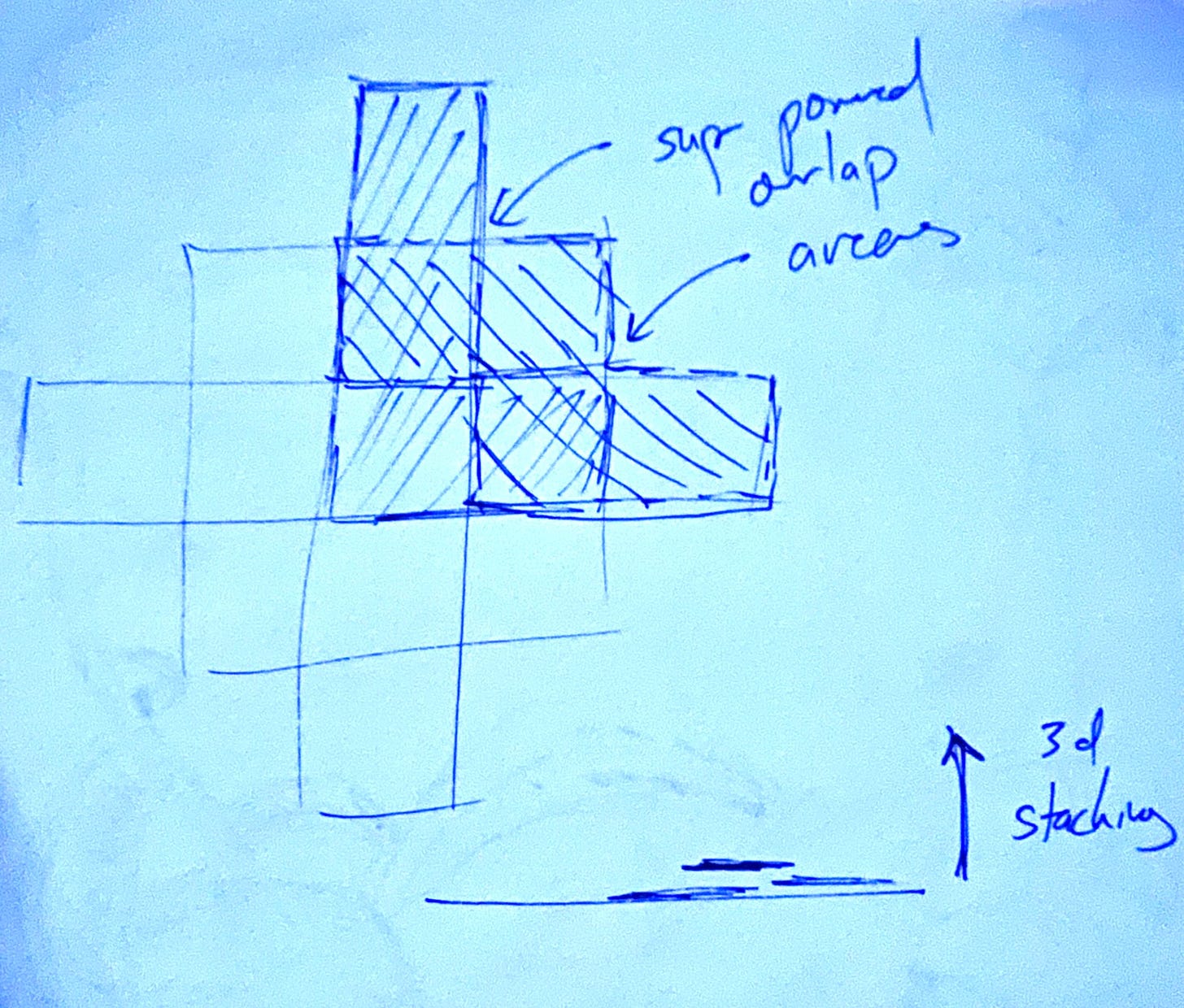Lost in Random: The Eternal Die
Thoughts on my favorite Hades-like of 2025
Lost in Random: The Eternal Die is a Hades style roguelike where you’re battling your way through a number of rooms over and over again to try to get to the evil Mare you has imprisoned you in a die with ever shifting walls.
The animation, the build system, and the art style all really work together for me to create an enchanting experience reminiscent of Tim Burton. (Like a chibi Tim Burton style) This is funny, because I never really liked Tim Burton films.
I love the mechanic of throwing the die and having it change what happens based on the number you throw. It creates an awesome rhythm to the experience that makes fights interesting and dynamic. You get to choose between attacking with your weapon, your spell (represented as a card ability) and your die.
I also really love the build system. After every enemy you’re presented with rewards, some of which are relics that can power up your spells and abilities. If you match three relics of a similar color in a row you’ll receive a permanent buff. The matching system gives a general purpose to the roguelike nature of the game and makes playing around with each run really unique.
There are two areas that I’m struggling to enjoy however. The storytelling in the writing is minimal at best and the structure of the levels in the world, doesn’t offer much in the way of helping the player build a picture of what’s going on, outside of the vibes.
I’m also really struggling with the length of individual runs, especially when it comes to practice and the difficult curve of the various elements. I’m starting to understand why more modern roguelikes have introduced the “skip forward” mechanisms that let you jump forward to specific areas without having to crawl all the way back through the levels.
The game tries to teach you the skills to overcome these things (by exposing you to similar concepts earlier on), but for button mashers like me, the skill curve spikes increasing in intensity and speed is a huge challenge.
I’m starting to understand why Derek Yu talked about making difficulty curves smoother over time when he talked about the design of UFO 50, because you will naturally see the later bosses significantly less than the earlier ones.
Design Experimentation
If there are ideas (not critiques) in the game I’d like to play around with, it’s probably probably twofold:
I think I would try a mechanism where after failing a previous run, you could retry the area you died at starting with the same build. Even if this only gave you one retry (without being able to jump levels), it would help someone like me to build the skills necessary to move on.
From the other direction, the collections and build system feels like an interesting area for play and design exploration. What if instead of single squares you were setting out tetromino style pieces that could overlap to supercharge each other?
I Think I’ll Keep Going
That’s all for now, but this is the type of game I think I’ll finish, if not for the story, but for the enjoyment and satisfaction of winning.



